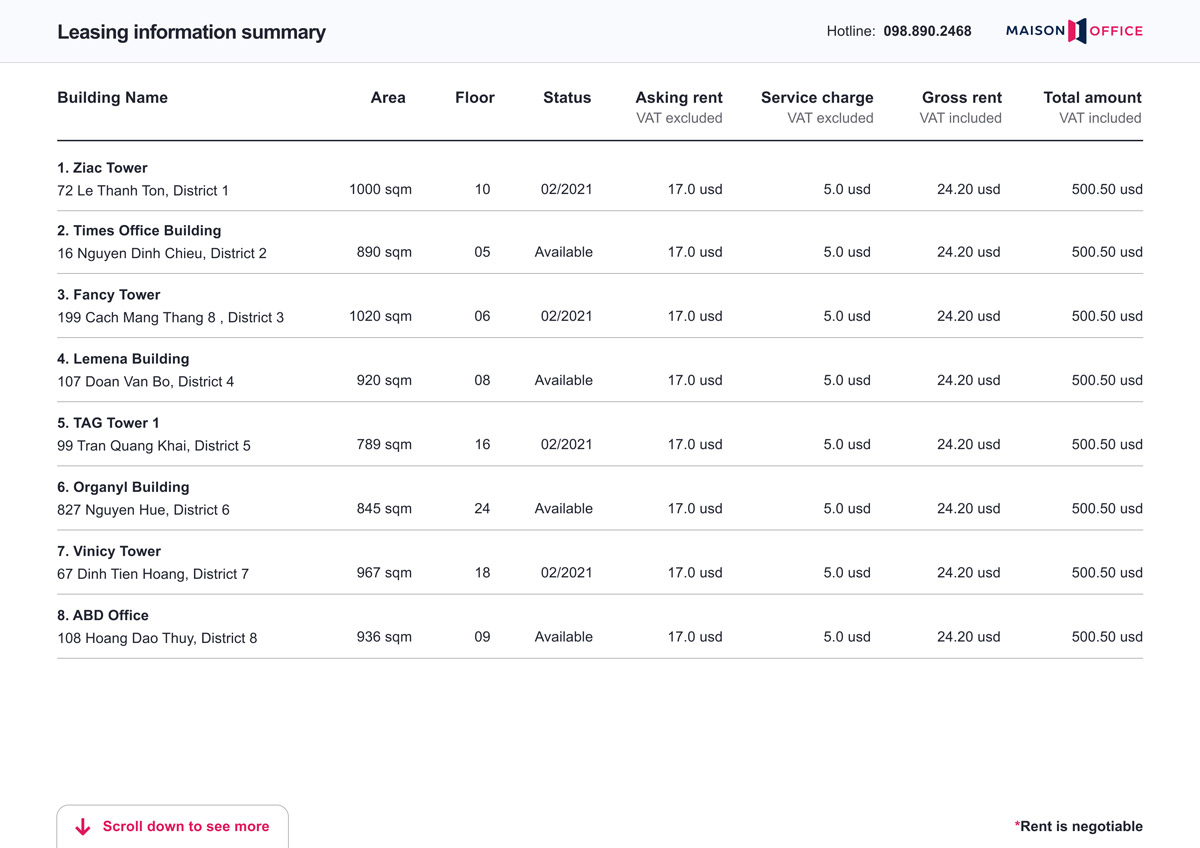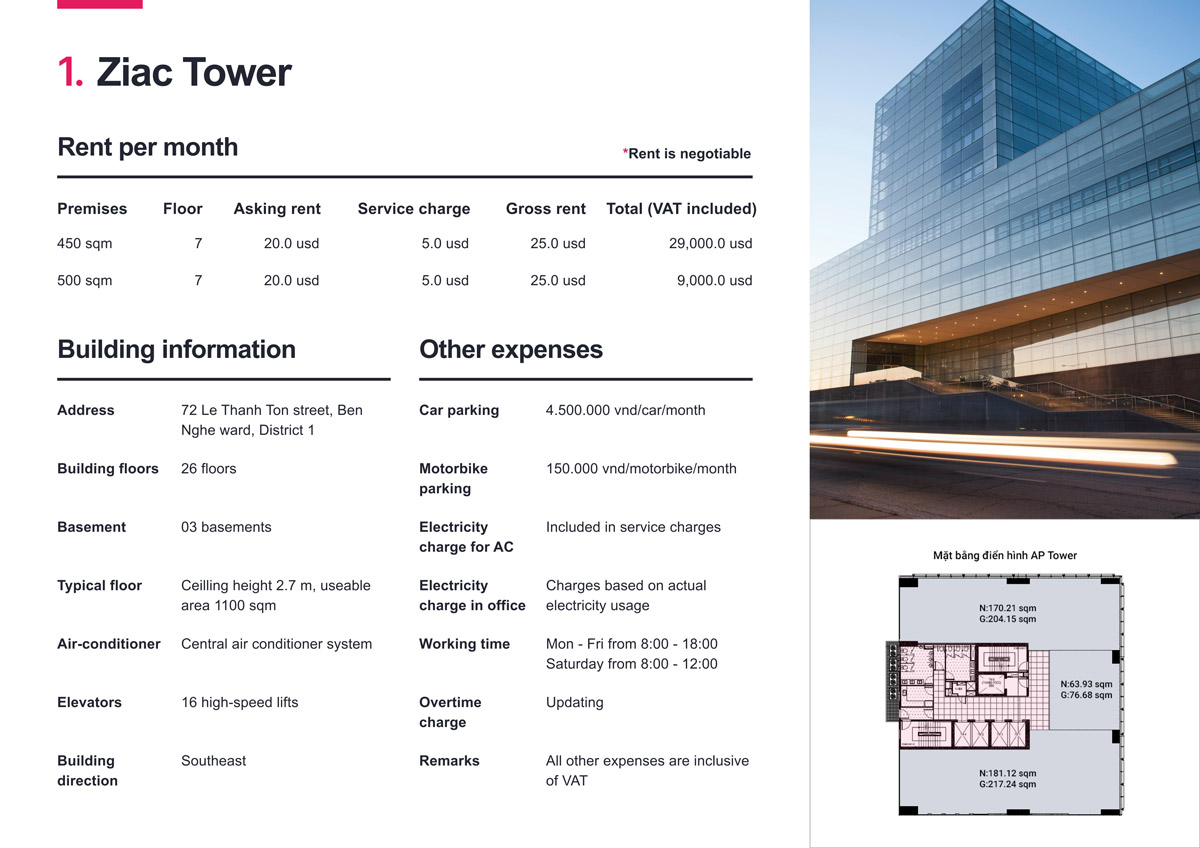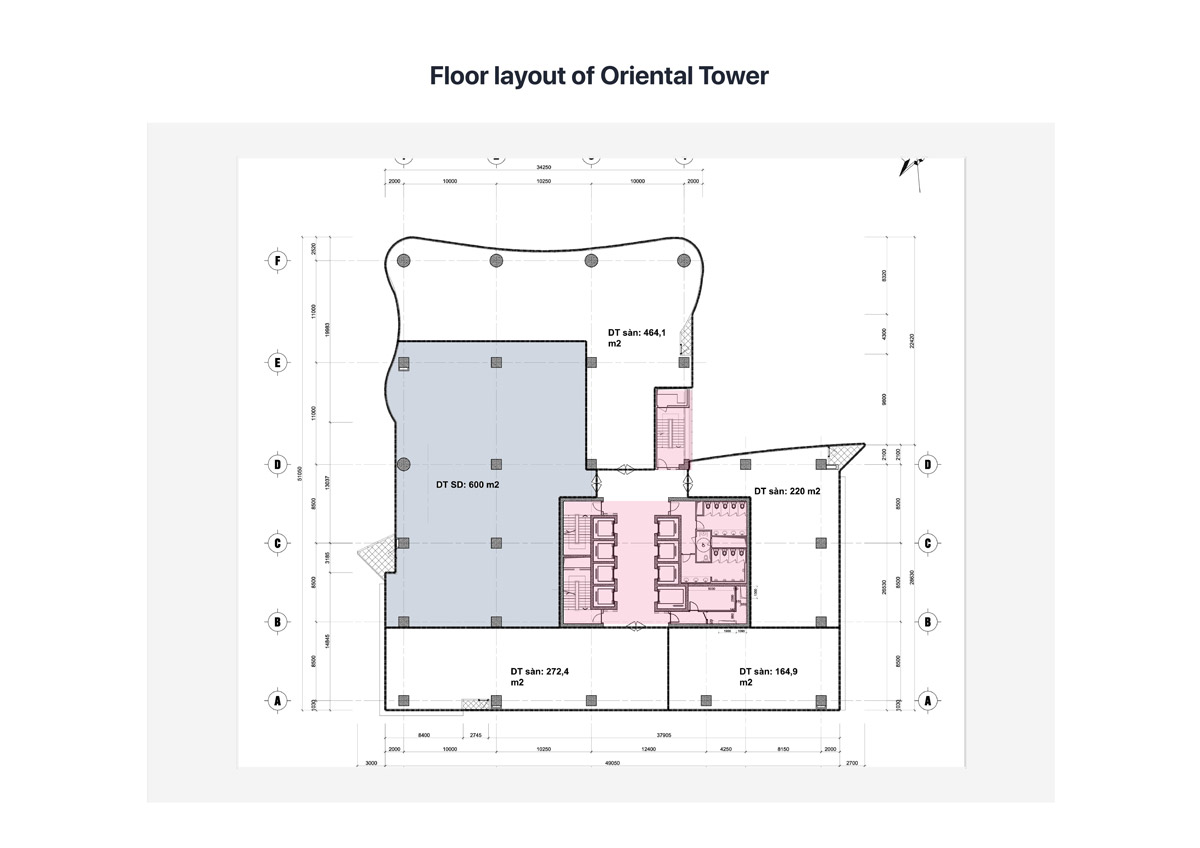Vietnam Tax System: What Foreigners Need to Know

The Vietnam tax system can feel like a maze for foreigners, but understanding its basics is key to succeeding in this fast-growing economy. From personal income tax to foreign contractor obligations, taxation in Vietnam offers both challenges and benefits for newcomers. This guide breaks down the essentials of taxation in Vietnam, from personal income tax to foreign contractor obligations.
 |
 |
Table of Contents
Summary of tax rates in Vietnam
| Type of tax | Tax rate | Notes |
| Corporate Income Tax (CIT) | 20% (standard rate) | Applies to most businesses. Higher rates (32%-50%) for oil, gas, and rare mineral industries |
| Value Added Tax (VAT) | 0%, 5%, or 10% | 0% for exports, 5% for essential goods/services, 10% is the standard rate for most transactions |
| Personal Income Tax (PIT) | 5% – 35% (residents); 20% (non-residents) | Progressive rates for residents; flat 20% for non-residents on Vietnam-sourced income |
| Foreign Contractor Tax (FCT) | Varies (VAT: 1%-10%; CIT: 0.5%-10%) | Depends on the nature of services/goods provided by foreign entities |
| Special Consumption Tax (SCT) | Varies (e.g., 10%-150%) | Applies to luxury or non-essential goods like tobacco, alcohol, and gasoline |
| Business License Tax (BLT) | VND 1 million – VND 3 million per year | Annual fee based on registered capital of the business |
Vietnam tax rates may vary depending on the business sector, investment region, and applicable trade agreements. The system of taxation in Vietnam requires businesses and foreign investors to comply with strict reporting, accounting, and tax declaration procedures.
Overview of Vietnam’s tax system
Corporate Income Tax (CIT)
Corporate Income Tax (CIT) is one of the most important components of the Vietnam tax system. It applies to all entities conducting business and generating taxable income in Vietnam, including foreign-invested enterprises (FIEs) and branches of foreign companies.
The standard Vietnam tax rate for CIT is 20%. However, preferential rates of 10% or 17% may apply to businesses operating in encouraged sectors such as high-tech, education, healthcare, or in underdeveloped geographical areas.
Features of CIT in the context of taxation in Vietnam:
- Taxable income includes profits from production, trading, and service activities.
- Deductible expenses must be supported by proper invoices and documents as required by Vietnamese accounting standards.
- Losses can be carried forward for up to 5 consecutive years.
- Transfer pricing and related-party transactions are closely monitored under Decree 132/2020/ND-CP.
Foreign investors setting up an FDI company should carefully plan their tax structure in alignment with Vietnam’s CIT regulations to ensure compliance and long-term tax efficiency.
Corporate Income Tax (CIT) is one of the most important components of the Vietnam tax system
Personal Income Tax (PIT)
Personal Income Tax (PIT) is a core component of the Vietnam tax system, applying to both Vietnamese citizens and foreign expatriates earning income in Vietnam. Based on a progressive tax rate, the system ensures fairness across income levels. Tax residents benefit from deductions—VND 11 million monthly for personal allowance and VND 4.4 million per dependent—while certain income sources, such as agricultural earnings or overseas remittances, may be exempt. PIT is filed annually, with employers managing monthly declarations on behalf of employees.
For tax residents, the Vietnam tax rate on personal income is progressive:
| Monthly Taxable Income (VND) | PIT Rate |
| Up to 5 million | 5% |
| 5 – 10 million | 10% |
| 10 – 18 million | 15% |
| 18 – 32 million | 20% |
| 32 – 52 million | 25% |
| 52 – 80 million | 30% |
| Over 80 million | 35% |
PIT applies to wages, salaries, bonuses, and other income such as stock options or rental income. Employers in Vietnam are responsible for withholding PIT from employees’ salaries and remitting it to tax authorities.
For foreign professionals or companies hiring expats, understanding PIT obligations is essential to ensure full compliance with Vietnam’s labor and taxation system.
Value-Added Tax (VAT)
Value-Added Tax (VAT) is a widely applied indirect tax within the Vietnam tax system, imposed on the sale of goods and services consumed in Vietnam. It’s a key source of government revenue and affects most business transactions across industries.
Under taxation in Vietnam, VAT is levied at three main rates:
- 0% for exported goods and services;
- 5% for essential goods and services such as clean water, education, and medicine;
- 10% as the standard Vietnam tax rate applied to most other products and services.
Businesses registered for VAT must file declarations monthly or quarterly, depending on their revenue—those with annual revenue exceeding VND 50 billion (approximately US$2 million) file monthly. VAT is an indirect tax, meaning it’s ultimately borne by consumers but collected and remitted by businesses.
Value-Added Tax (VAT) is a key source of government revenue and affects most business transactions across industries
International Taxation
Vietnam’s international taxation framework plays a vital role in managing cross-border transactions and preventing double taxation for foreign investors. As part of the Vietnam tax system, international tax rules apply to both residents earning foreign income and non-residents generating income in Vietnam.
Profit Repatriation
Profit repatriation refers to the process by which foreign investors transfer profits earned by their FDI company in Vietnam back to their home country. Under taxation in Vietnam, profit repatriation is allowed without additional withholding tax, provided all legal and financial obligations have been fulfilled.
To repatriate profits, a company must:
- Fully complete annual financial audits;
- Settle all tax liabilities, including Corporate Income Tax (CIT) and other obligations;
- Submit a profit remittance notification to the local tax authority at least 7 working days prior to the transfer.
Vietnam’s participation in Double Taxation Agreements (DTAs) further protects investors from being taxed twice on the same income. With the right structure and compliance, foreign investors can repatriate profits efficiently while minimizing exposure to unfavorable Vietnam tax rates.
The process of repatriating profits requires certain procedures to be followed
Foreign Contractor Withholding Tax
Foreign Contractor Withholding Tax (FCWT), commonly referred to as Foreign Contractor Tax (FCT), is a key component of taxation in Vietnam. It applies to foreign entities and individuals earning income from Vietnam without having a legal presence or permanent establishment in the country.
FCT is typically imposed on:
- Cross-border service contracts
- Licensing agreements
- Interest, royalties, and dividends paid to foreign parties
The FCT is a combination of Value-Added Tax (VAT) and Corporate Income Tax (CIT), with rates varying depending on the nature of the transaction. For example:
- Service contracts: CIT from 2%–5%, VAT from 2%–5%
- Royalties: CIT 10%, VAT not applicable
- Interest payments: CIT 5%, VAT not applicable
Foreign contractors may choose between:
- Direct method (withholding tax by the Vietnamese payer)
- Deemed method (filing and paying taxes directly if registered)
Understanding FCT is critical for foreign investors structuring cross-border deals, as improper handling can lead to double taxation or non-compliance. Strategic planning helps manage Vietnam tax exposure and aligns with the applicable Vietnam tax rates under local laws and DTAs.
Foreign Contractor Withholding Tax (FCWT), commonly referred to as Foreign Contractor Tax (FCT)
Customs Duties
Customs duties are an integral part of the Vietnam tax system, applied to goods imported into or exported from Vietnam. For foreign investors and companies engaged in international trade, understanding Vietnam’s customs regime is essential to managing costs and ensuring compliance.
Vietnam applies a three-tier tariff system:
- Preferential rates under Free Trade Agreements (FTAs)
- Special preferential rates under specific agreements like EVFTA or CPTPP
- Most Favored Nation (MFN) rates for WTO member countries
- Normal rates for countries without trade agreements
Typical Vietnam tax rates on imported goods range from 0% to 35%, depending on the nature and origin of the product. Export duties are less common but may apply to specific natural resources and environmentally sensitive goods.
Vietnam uses the Harmonized System (HS Code) for product classification, and all import/export activities must be supported by proper documentation, including commercial invoices, certificates of origin, and import licenses when required.
Under taxation in Vietnam, proper customs planning and HS code classification can help businesses benefit from FTAs and minimize unnecessary tax exposure.
Transfer Pricing
Transfer pricing regulations are a critical aspect of taxation in Vietnam, particularly for multinational enterprises with related-party transactions. Vietnam follows the OECD Transfer Pricing Guidelines and imposes strict documentation and reporting requirements to ensure that cross-border transactions reflect arm’s-length principles.
Under current Vietnam tax laws (Decree 132/2020/ND-CP), businesses engaging in transactions with related entities must:
- Prepare and maintain transfer pricing documentation, including a Local File, Master File, and Country-by-Country Report (CbCR);
- Submit Form 01 (related-party transaction disclosure) annually with their tax return;
- Justify that transfer prices are consistent with market values to avoid profit shifting and tax base erosion.
Non-compliance may trigger tax audits, adjustments to declared profits, penalties, and back taxes. Authorities are increasingly focused on transfer pricing risks, especially in sectors like manufacturing, distribution, and services.
Proper transfer pricing planning not only ensures compliance with the Vietnam tax rate regime but also minimizes disputes with tax authorities and protects the financial integrity of cross-border business operations.
Personal Income Tax
Personal Income Tax (PIT) is a fundamental component of the Vietnam tax system, applied to individuals earning income in Vietnam—including both Vietnamese nationals and foreign expatriates. The structure follows a progressive tax rate to promote fairness based on income levels.
Under taxation in Vietnam, individuals are categorized as:
- Tax residents: taxed on their global income if they stay in Vietnam for ≥183 days per year or have a permanent residence.
- Non-residents: taxed at a flat Vietnam tax rate of 20% on income sourced within Vietnam.
For tax residents, the PIT rates range from 5% to 35% depending on income brackets. Allowances include:
- VND 11 million/month for personal deductions (~US$450),
- VND 4.4 million/month per dependent.
Certain income types—such as overseas remittances or agricultural earnings—may be exempt. PIT is generally withheld monthly by employers and finalized annually via personal tax declarations.
The personal income tax (PIT) has a progressive structure to promote equity based on income levels
Other taxes
Beyond the core taxes like Corporate Income Tax (CIT), Personal Income Tax (PIT), and Value-Added Tax (VAT), taxation in Vietnam encompasses a range of additional levies that impact businesses and individuals alike. These “other taxes” play a significant role in the Vietnam tax landscape, ensuring revenue for public services while regulating specific economic activities. For companies setting up in Vietnam or individuals managing assets, understanding these taxes is crucial for full compliance and strategic planning.
Other taxes include:
- Special Consumption Tax (SCT): Imposed on goods and services considered luxury or non-essential, such as alcohol, tobacco, automobiles, and entertainment services. SCT rates vary widely and are often levied in addition to VAT.
- Business license tax: A fixed annual tax based on the company’s registered charter capital, ranging from VND 1 million to VND 3 million per year.
- Environmental protection tax: Applies to products harmful to the environment, such as petroleum, plastic bags, and certain chemicals.
- Natural resources tax: Levied on the extraction of natural resources like minerals, crude oil, natural gas, and forest products. Vietnam tax rates for this tax depend on the type and quantity of resources exploited.
- Stamp duty (registration tax): Payable on the transfer or registration of certain assets such as vehicles, land, and real estate.
While these taxes may not affect all businesses, understanding their application is essential for full compliance with taxation in Vietnam, especially for companies operating in regulated sectors or engaging in asset-intensive activities.
Common tax challenges for foreigners
Navigating the Vietnam tax system can be complex for foreigners due to differences in legal frameworks, language barriers, and evolving compliance requirements. Understanding local regulations is essential to avoid risks, penalties, or unintended liabilities.
| Challenge | Description | Related Vietnam tax element |
| Residency Misclassification | Foreigners may be taxed incorrectly on global or local income due to confusion over 183-day residency rule | Personal Income Tax (PIT) |
| Unclear PIT Obligations | Expats often skip annual declarations or omit secondary income like bonuses or rental income | PIT compliance & annual filing |
| Lack of DTA Awareness | Failure to utilize Double Taxation Agreements results in overpayment of taxes | International Taxation |
| Mismanagement of Foreign Contractor Tax | Cross-border service providers face unexpected FCT liabilities without proper structuring | Foreign Contractor Tax (FCT) |
| Language & Document Barries | Tax filings and notices are in Vietnamese, leading to misinterpretations and compliance risks | General compliance in Vietnam Tax Law |
Understanding the Vietnam tax system is essential for foreigners looking to work, invest, or run a business in the country. With the right guidance and up-to-date knowledge of taxation in Vietnam, you can stay compliant and optimize your tax position. Whether it’s PIT, FCT, or the applicable Vietnam tax rates, being well-prepared makes all the difference.
Understanding Vietnam’s tax system is only part of the equation—choosing a compliant and strategic office location is equally important. Maison Office, your reliable commercial leasing agent in Vietnam, helps foreign businesses secure the right office for lease in Ho Chi Minh City or office for lease in Hanoi aligned with your tax and operational goals.
















